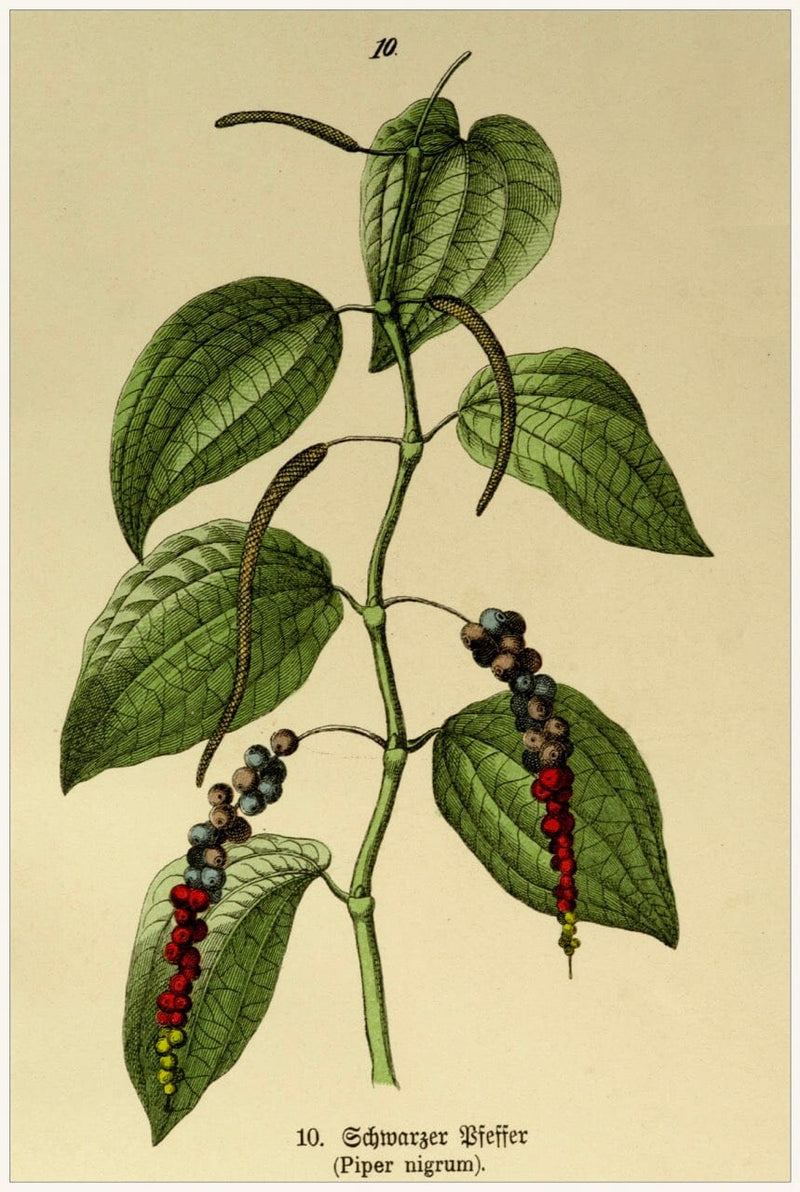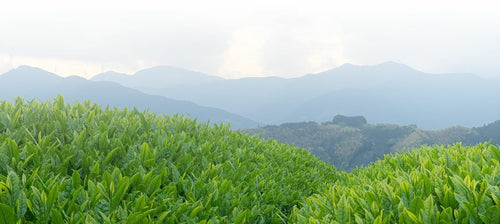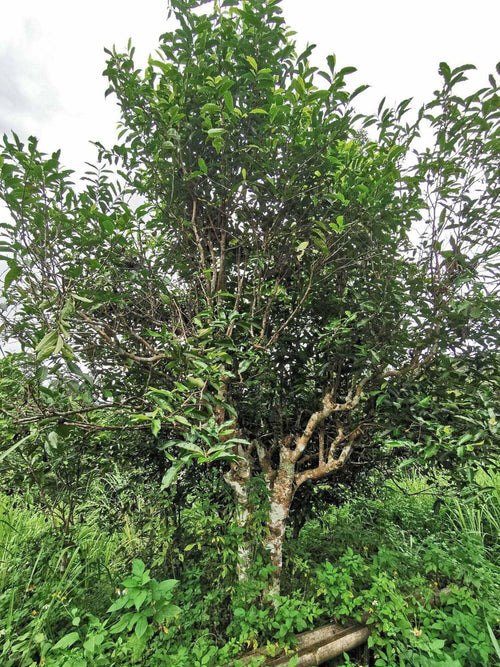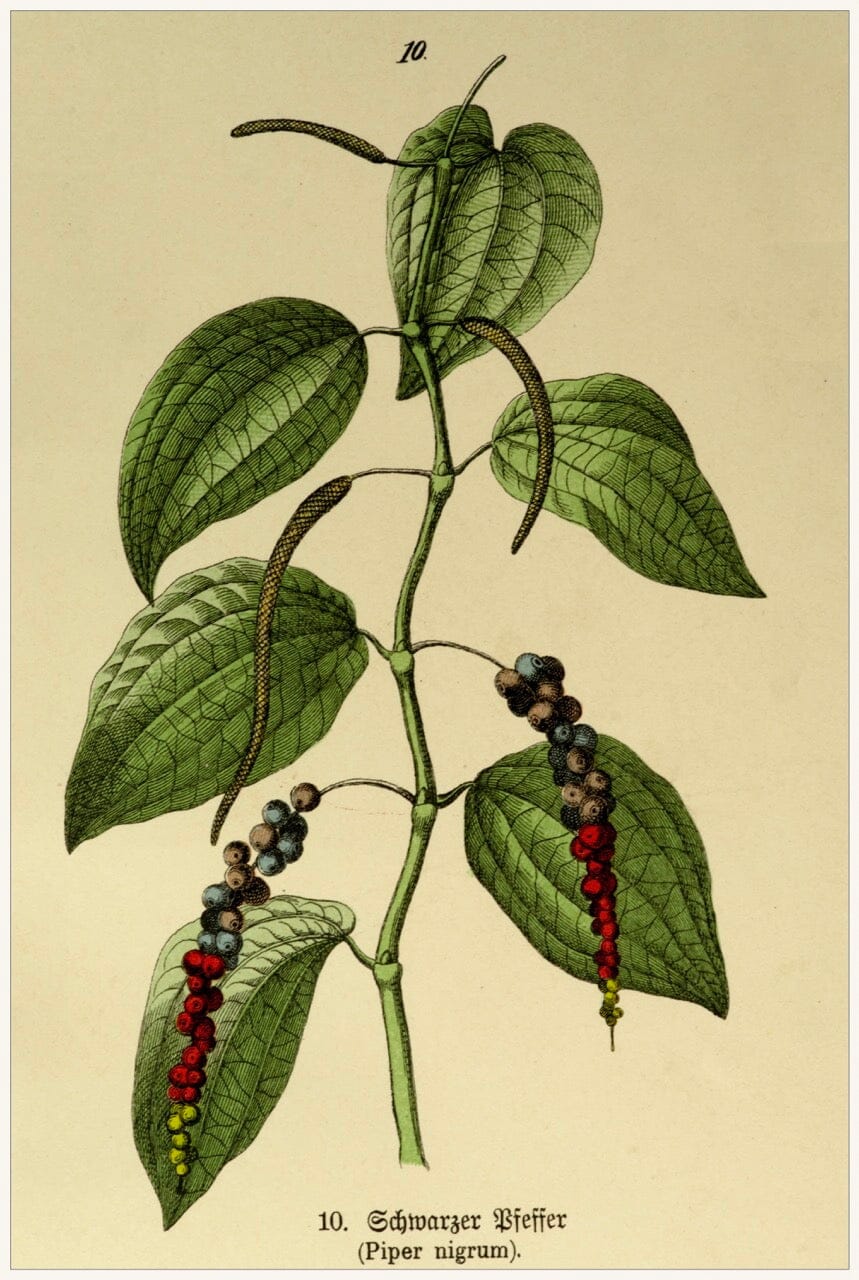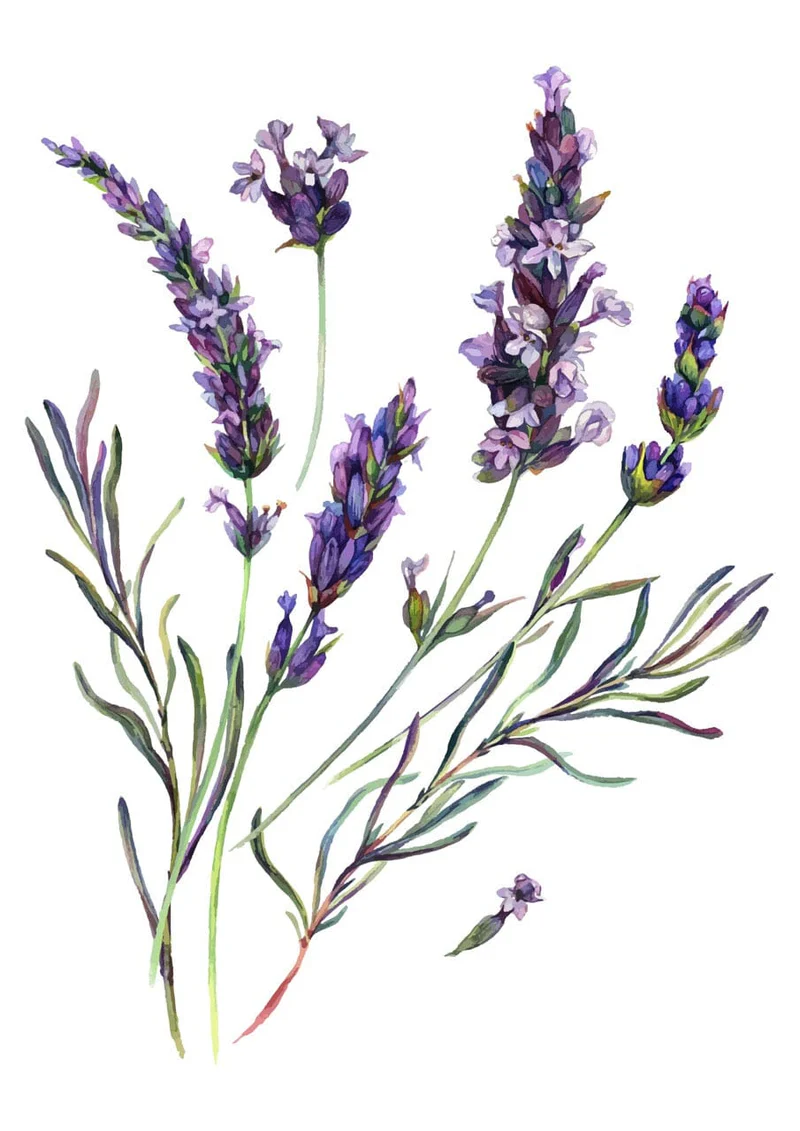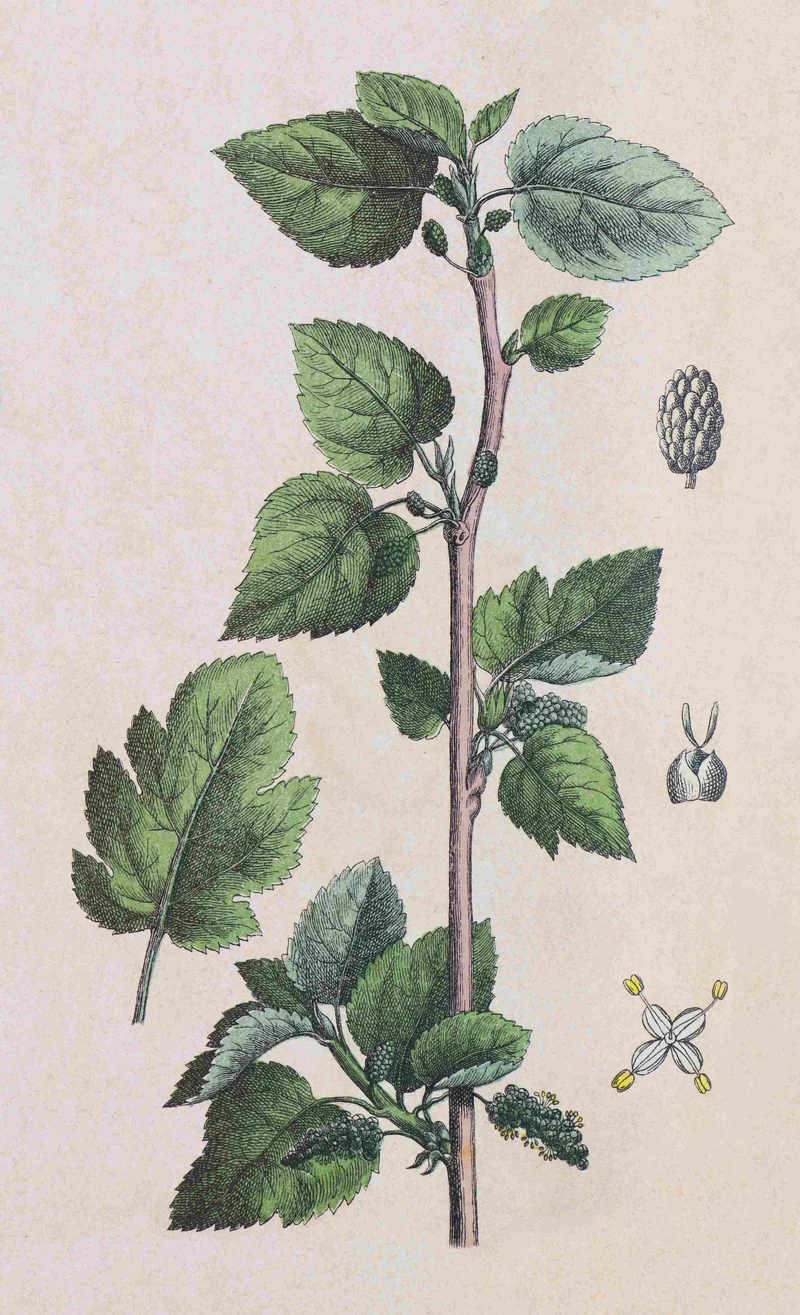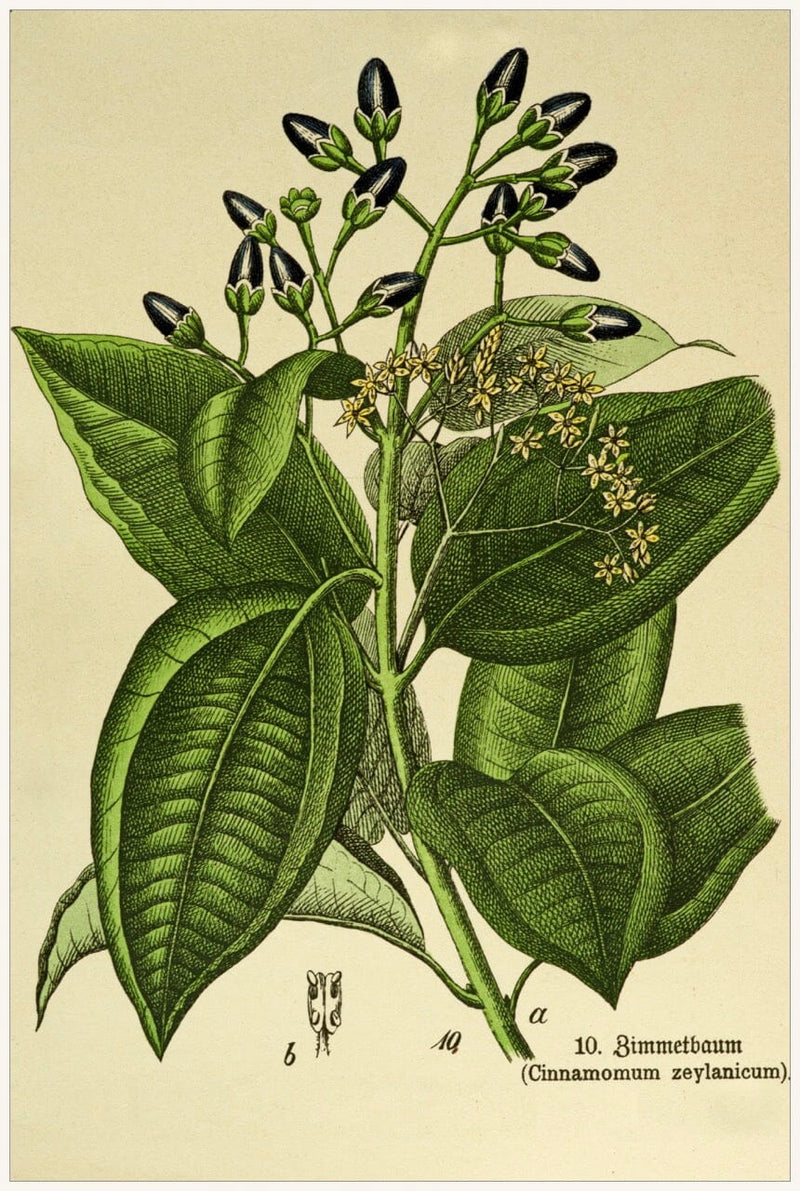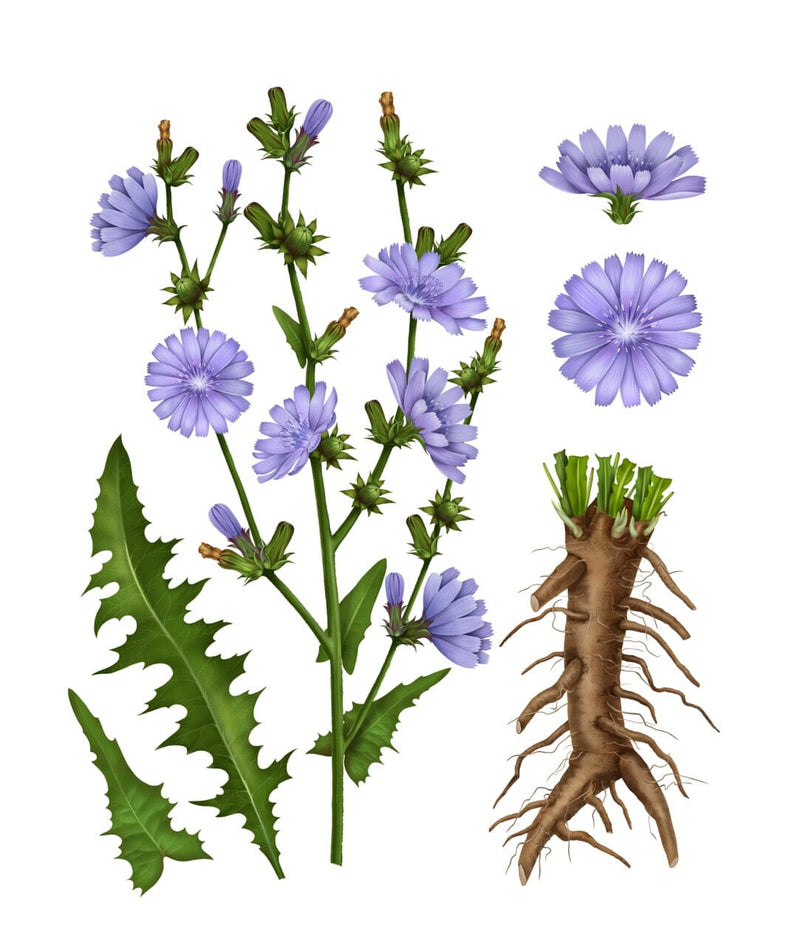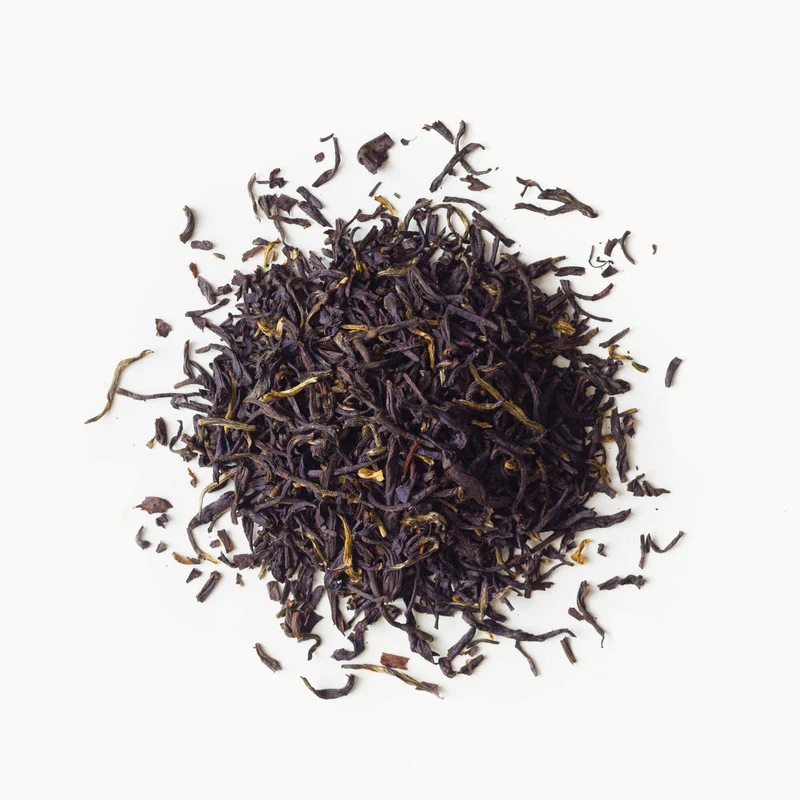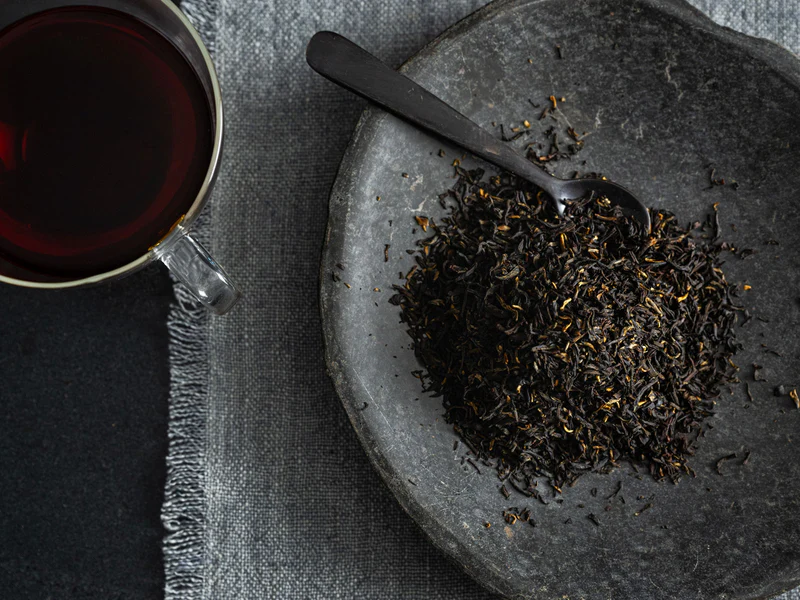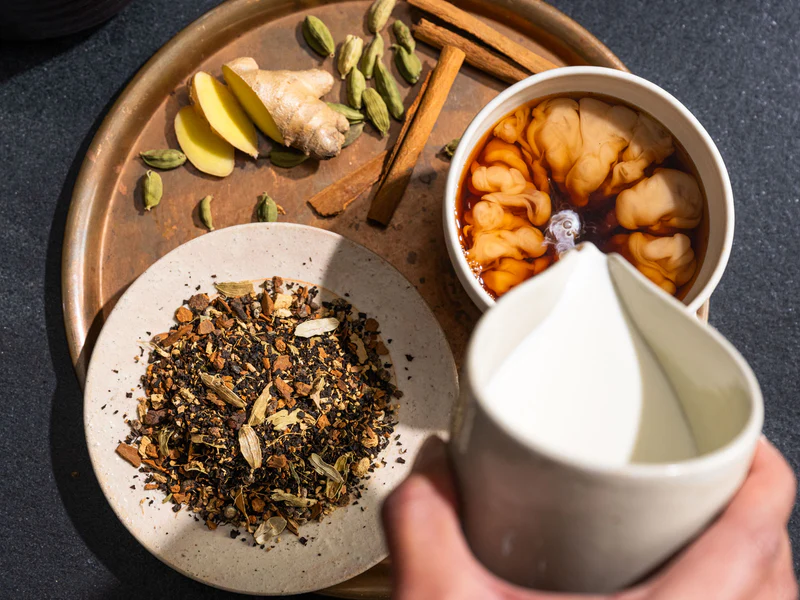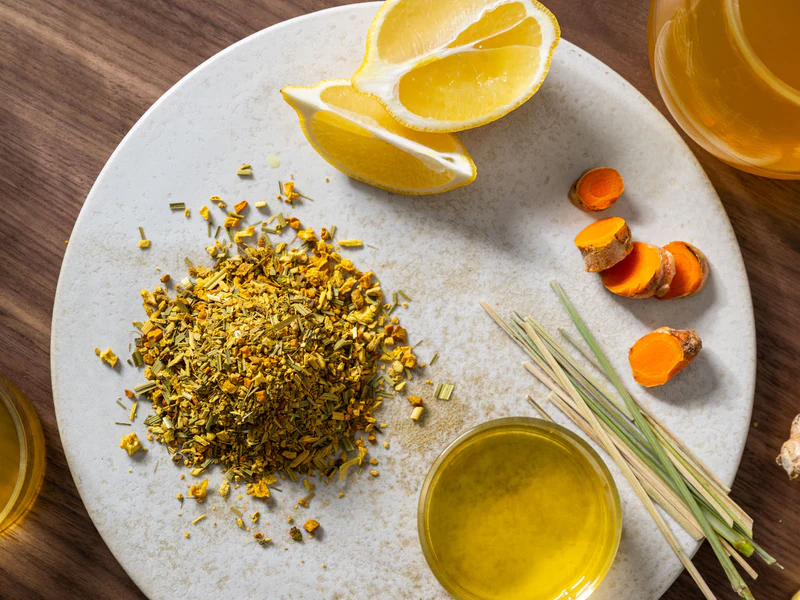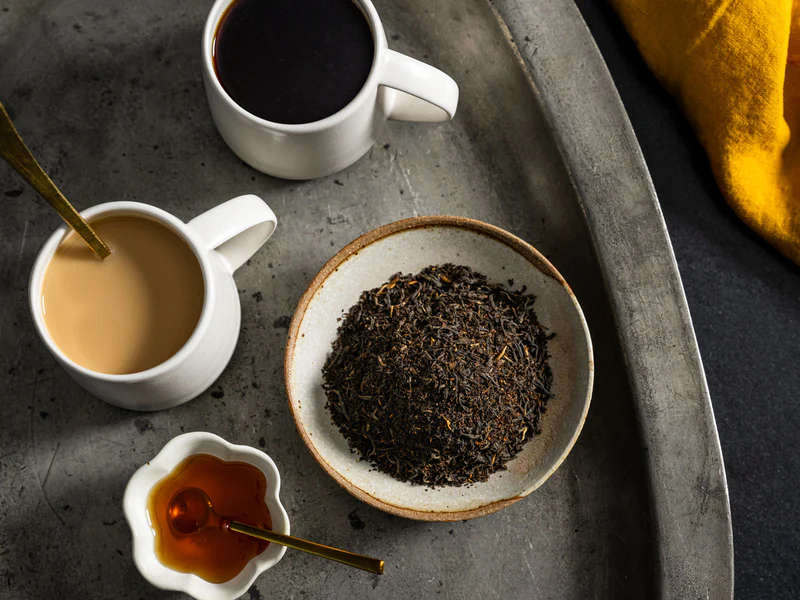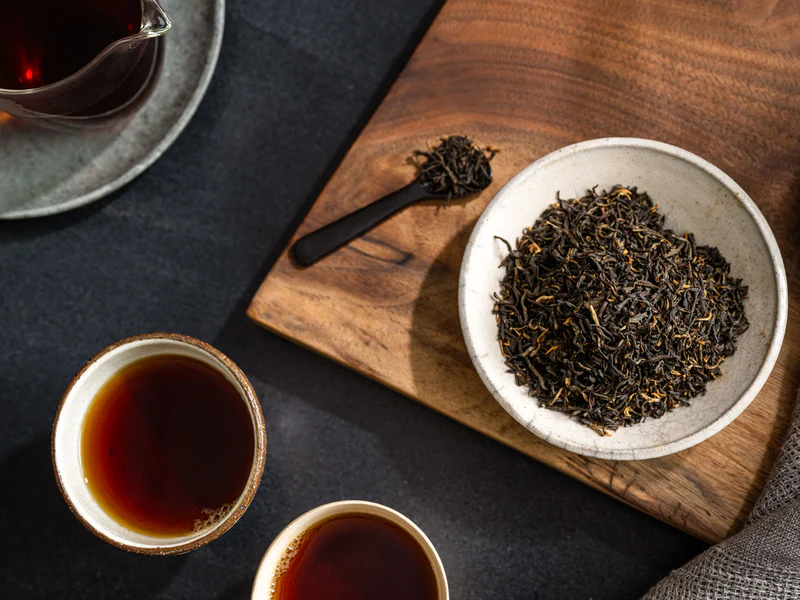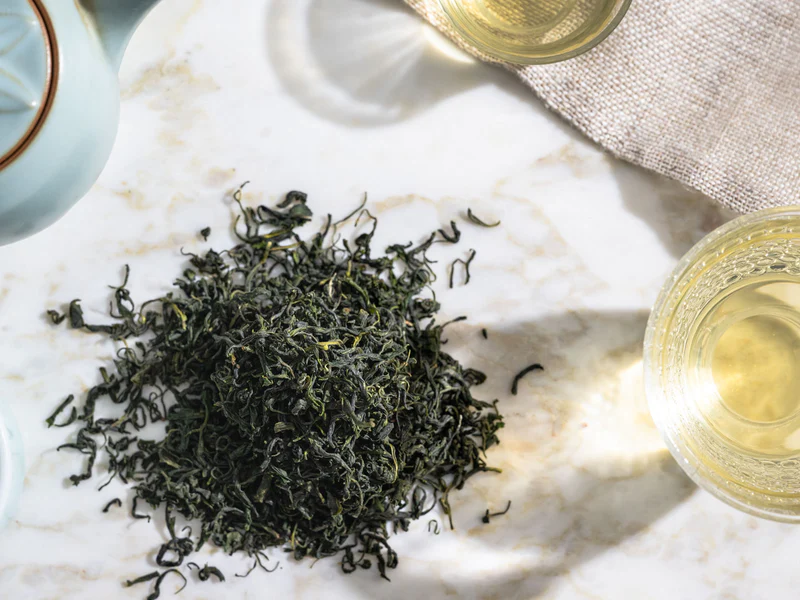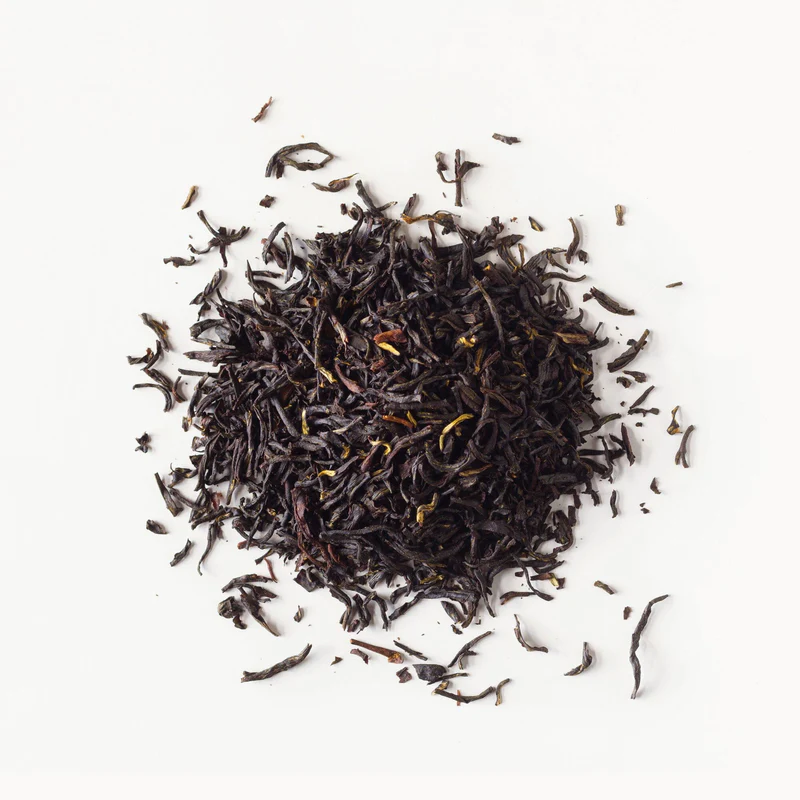Our Growing Regions: India, Sri Lanka, Vietnam, Cambodia
The scientific name for black pepper is Piper nigrum. Black pepper has a long and fascinating cultivation history. It is believed to have originated in the Western Ghats of India, where it has been grown for thousands of years. The ancient Egyptians, Greeks, and Romans were among the early civilizations that valued black pepper and traded it extensively. It was even used as a form of currency at times.
Today, black pepper is one of the most widely used spices in the world. It is known for its strong and distinctive flavor, which adds a spicy and pungent kick to various dishes. Black pepper is used in both savory and sweet preparations, including soups, stews, marinades, sauces, and baked goods. It is also a popular table condiment.
When it comes to grading and international trade of black pepper, it is categorized based on its size, color, and quality. The grades include:
1. Tellicherry: This is considered the highest grade and consists of large, fully ripened berries with a rich flavor and aroma.
2. Malabar: This grade is also made from fully ripened berries but may be slightly smaller than Tellicherry. It has a similar flavor profile.
3. Extra Bold: These are medium-sized berries with a bold flavor.
4. Bold: This grade consists of smaller berries with a slightly milder flavor.
5. Light Berries: These are smaller, underdeveloped berries that have a milder taste and are used mainly for white pepper production.
The highest quality black pepper is primarily grown in India, particularly in the regions of Kerala and Karnataka. The key aromatic properties of black pepper include a warm, spicy, and slightly floral aroma. When freshly ground, it releases a strong and invigorating fragrance.
Black pepper also offers several medicinal benefits. It contains a compound called piperine, which has been shown to have antioxidant, anti-inflammatory, and antimicrobial properties. It may aid in digestion, help improve nutrient absorption, and possess potential anticancer effects. However, it's important to note that these potential benefits are still being studied and more research is needed to fully understand their impact on human health.
The major producing countries of black pepper include India, Vietnam, Indonesia, Brazil, and Malaysia. Among these, Vietnam is currently the largest producer and exporter of black pepper. Cambodia produces unique varieties of pepper famous for its special spicy and floral fragrance compared to more pungent and earthy varieties that dominate the market. Red and purple hues, fully ripe black pepper cultivars are also found in the specialty market and have fruity and complex spiciness.
The different types of black pepper and medicinal long pepper:
Black pepper, known as the "king of spices," is a versatile and widely used spice that adds a distinctive flavor to various cuisines worldwide. Different growing regions produce black pepper with unique characteristics, influenced by factors such as soil, climate, and cultivation techniques. Let's explore the differences among black pepper varieties from key growing regions such as India, Indonesia, Vietnam, Cambodia, Brazil, and understand how Piper nigrum differs from Piper longum.
India is one of the largest producers of black pepper and offers a range of varieties. Malabar pepper, grown primarily in the southwestern state of Kerala, is known for its strong aroma, bold flavor, and slightly fruity notes. Tellicherry pepper, also from Kerala, is considered a premium variety, with larger peppercorns and a complex flavor profile. Tamil Nadu, another Indian state, produces Chettinad pepper, which is characterized by its intense heat and pungency.
Indonesia, particularly the island of Sumatra, is renowned for its distinct black pepper varieties. Lampung pepper, grown in southern Sumatra, is notable for its earthy flavor, medium heat, and hints of citrus. Another variety, Muntok pepper, comes from the Bangka Belitung Islands and offers a milder, less pungent taste.
Vietnam has emerged as a major player in the global black pepper market. Vietnamese pepper, often referred to as Saigon pepper, is known for its high pungency and strong, spicy flavor. It is commonly used in spicy dishes and sauces, contributing a bold kick.
Cambodia produces Kampot pepper, a highly sought-after gourmet pepper. Grown in the Kampot region, this pepper possesses a unique floral aroma, a delicate balance of heat and sweetness, and a long-lasting flavor. Kampot pepper has received geographical indication (GI) status, recognizing its specific origin and quality.
Brazil, the largest producer of black pepper in the Western Hemisphere, offers a distinct variety. Brazilian pepper, also known as Bahia pepper, has a milder flavor compared to other varieties. It is characterized by its fruity and slightly sweet undertones, making it suitable for milder dishes and desserts.
Now, let's explore the difference between Piper nigrum and Piper longum. Both are plants from the Piperaceae family, but they have notable distinctions. Piper nigrum is the plant that produces black, white, and green peppercorns. Black peppercorns are the most common and are harvested when the berries are still green and then dried, resulting in their dark color. White peppercorns are made from ripe berries with the outer skin removed, leaving only the white seed. Green peppercorns are harvested when the berries are young and have a milder flavor.
Piper longum, also known as long pepper, is a different species. It produces long, cylindrical spikes of tiny fruits that resemble peppercorns. Long pepper has a more complex flavor profile compared to black pepper, with hints of sweetness, spiciness, and a slightly numbing sensation. It is often used in traditional Ayurvedic medicine and some regional cuisines.
In summary, black pepper varieties from different regions showcase unique flavors, aromas, and heat levels. Each variety contributes its own distinct characteristics to culinary creations. Additionally, Piper nigrum, the plant responsible for black, white, and green peppercorns, differs from Piper longum, which produces long pepper with a more complex flavor profile.
